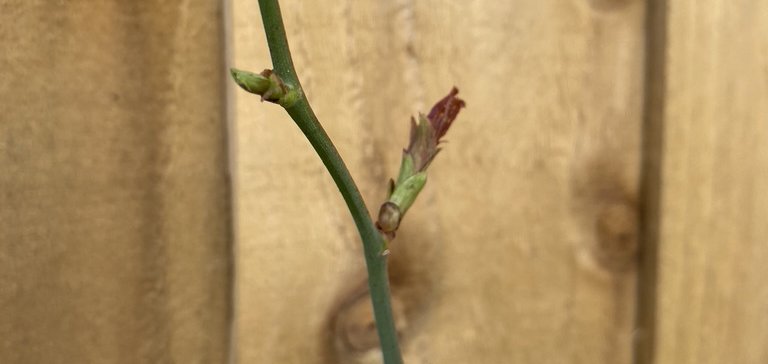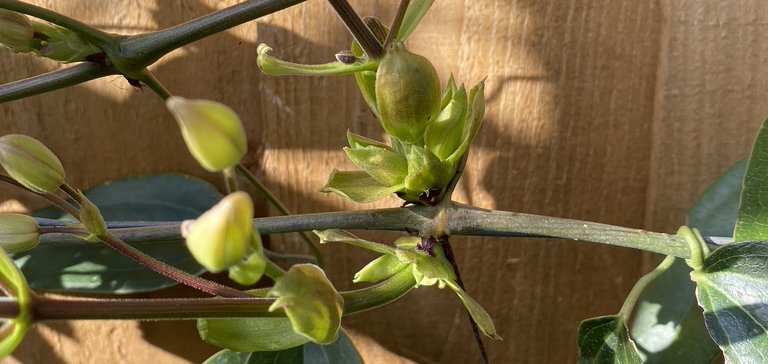How do I prune my roses?
Zephirine Drouhin Climbing Rose
How do I prune my roses to keep them healthy, happy and blooming marvellous year after year!
How do I prune my roses is a very common question. Often this engenders many more questions from the unlucky respondent! Which rose is it, how old is it, why don’t you know these things?
I shall also be writing a related blog soon:
What type of rose should I buy?
shortly followed by
Whose rose is it anyway?
Why are roses so fussy?
Rose ownership and the inevitable pruning seems to drive fear into the hearts of novice and experienced gardeners alike. I can empathise, you’ve seen the magnificent blooms on gardening shows, and perhaps in village gardens, and you feel intimidated. You know you want to be part of the club, but fear the withering looks and judgemental tutting. Well you needn’t worry too much, you’re not alone.
How do I prune my roses? First let’s find our what roses are.
Roses are temperamental, greedy and spoilt plants, they demand constant attention, get sick easily, are a magnet for bugs and what’s worse, come in a mind boggling array of types, each with very different needs.
To make your life easier I am going to focus on the three most common types of rose people have:
Climbing
Hybrid Tea & Floribunda
Patio & Miniature
These are the main types found in a typical garden, or at the garden centre. You may have the other kinds but it’s less likely and can easily cause confusion.
Here are some links to RHS pruning advice for the other less common types of rose:
42
During this blog I am going to refer to pruning groups, these are essential to answer the ultimate question of Life, The Universe and Everything, well, actually just “How do I prune my roses”.
Seriously? Nobody said this would be like school! I hear you cry!
The Royal Horticultural Society (RHS) have classified plants according to many factors, one of which is pruning group.
Plant labels will tell you which group you have so all you need to do is look that up.
Why do I need to prune my roses?
Pruning roses correctly is essential to produce vigorous growth. Without fresh young growth you will have a messy plant with very few flowers.
Yearly pruning is best and should generally be done December to February.
Deadheading (removing old flowers to encourage new ones) should be done as needed.
What do I need to prune my roses?
Basic tools to purchase along with any rose are:
a good SHARP pair of secateurs
thick gardening gloves
a pair of loppers
potentially a saw.
Also some plant food wouldn’t go amiss. There are specific rose foods out there or you can use generic plant food if you’re on a budget.
Other fertilisers to consider are chicken manure pellets or well rotted (over a year old) horse manure. Some horse owners will let you have this for free.
You may also want to consider environmentally friendly fungicides and pesticides (blog coming soon).
How do I prune my roses?
The basic technique for pruning roses, and many other plants is quite simple.
Have a look at the arrangement of the buds on the stem, are they staggered or side by side.
Rose buds are staggered, and all plants with staggered buds require an angled cut no more than 5mm above the bud, this cut must slope away from the bud so water doesn’t collect. This is very important and applies to deadheading too! The cut should also be clean, so make sure the secateurs are sharp!
Clematis plants, for example have buds which are side by side and require a straight (flat) cut above the buds.
Below are the most popular types of rose and their specific pruning requirements.
-
RHS Pruning Group 17
Climbing Roses are often seen gracefully growing over arches, their large beautiful blooms luring the unsuspecting, daring them to pass beneath. These roses are patient and revel in ensnaring the hapless passer by in their vicious claws.
Climbing roses require annual pruning in winter, December – February specifically. You should feel free to remove all dead, diseased or dying branches and prune all side shoots by two thirds. It is also good practice to remove any old branches at the base. All this will encourage young growth, and young growth is the best for flowers.
If you have an old gnarly climbing rose then its time for an old Time Lord trick.
Regeneration Pruning
Identify up to six good shoots (stems) and keep them. Cut all other shoots (stems) off at the base. Remove any dead wood at the base, then trim the remaining side shoots on your six chosen shoots (stems) by two thirds.
-
RHS Pruning Group 15 & 16
These two are the most common roses seen in gardens; not growing up a wall or over an arch. They are also called bush roses.
Hybrid Tea
These are the mutant man made roses with huge flowers (one per stem) in a variety of colours and very little scent. They are also the type most likely to make or break you as a smug rose grower.
Floribunda
These are simply Hybrid Tea roses with quantity issues! They have clusters of smaller flowers which come together to make one giant mass of colour.
I have seen both types of these roses in front gardens, their long leggy shoots teetering under the weight of the massive cumber-sum blooms, and I confess I give a little sigh or perhaps a solitary tut.
So how do I prune my rose?
For both types you should prune in late Winter or early Spring and start by cutting out any dead, diseased, rubbing or crossing stems. If the middle is crowded, make some room by cutting out older shoots to keep it light and airy.
Hybrid Tea will benefit from being cut back harder than Floribunda, aim for 4 – 6 buds from the base. Yep thats pretty low, remember new growth is flowering growth!
Floribunda is the same, we just leave the stems a little longer, around 30cm from the base. Why? They need more buds as they flower in multiples.
So, if you’ve followed this, that big leggy mess is now a few short stems (just like the potted ones in the garden centre) and you are bloodied and bruised.
-
Patio and Miniature roses don’t have a pruning group of their own.
Patio roses are usually grown in pots and will require regular feeding. Ericaceous or shrub food is best.
Patio roses are small versions of bush roses and are usually pruned as a Floribunda. Generally they only require a light trim in late winter and some thinning, as they tend to produce a thicket of useless stems by the end of each season.
Miniature roses again only require a light trim and thin. Any non flowering stems should be removed as close to the base as possible.
-
Rambling Roses are less common than climbing roses in the average garden, and they can be difficult to tell apart. The main difference is that rambling roses flower once a year (usually June) whereas climbing roses will repeat bloom all summer. The pruning regime for a Rambling rose is relatively complex so I have included a link to the definitive guide.
RHS Rambling Rose Pruning Page
How do I mend this broken rose?
Hopefully you now know the answer to “how do I prune my roses”, and are willing to give it a try.
If you have previously pruned roses, and found that they don’t flower afterwards, then you have rose blindness (it’s a thing).
This is nothing to panic about, you have merely pruned the rose at the wrong time. Don’t worry, if you start pruning the right way at the right time for your rose then all will be well.





